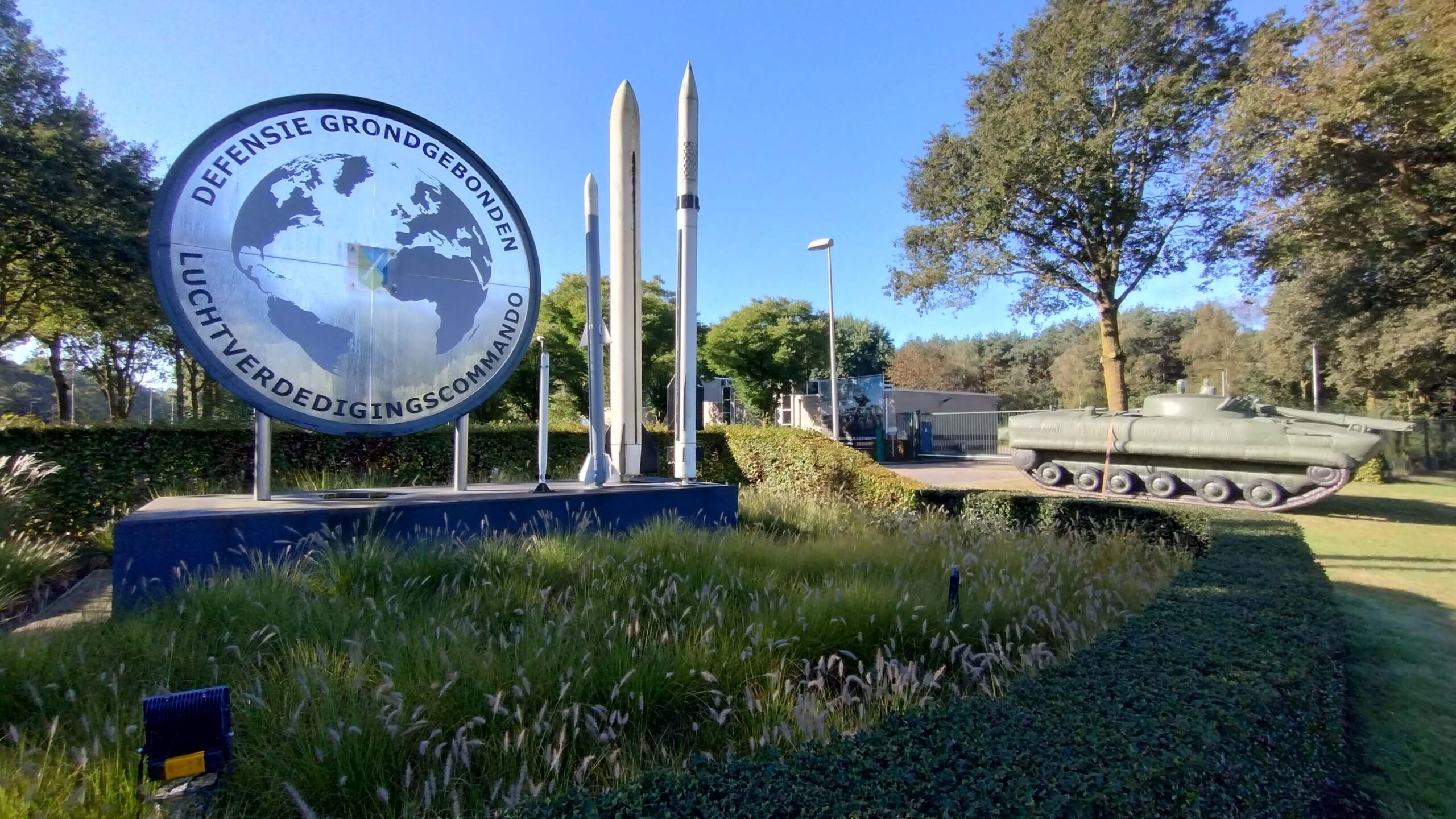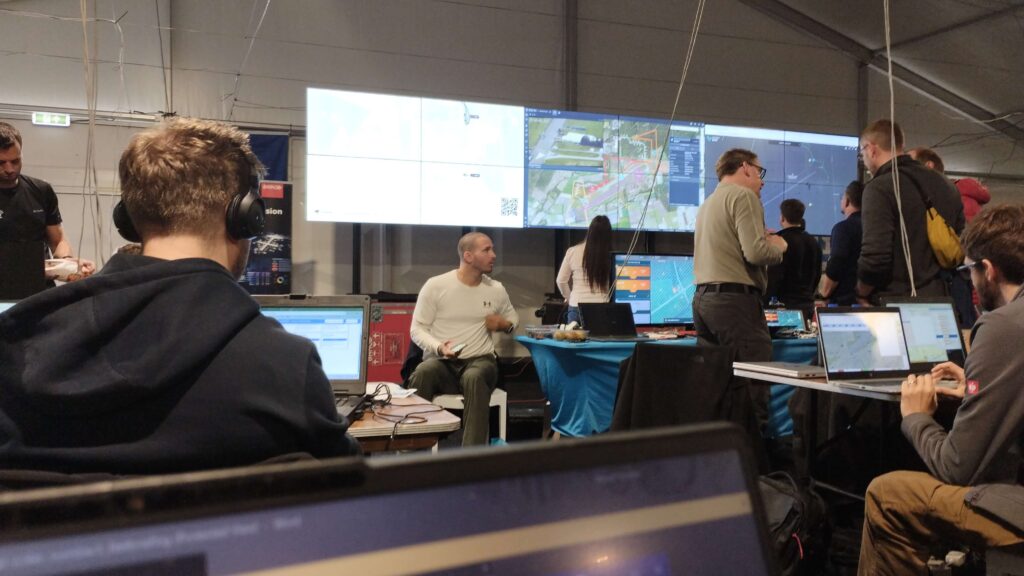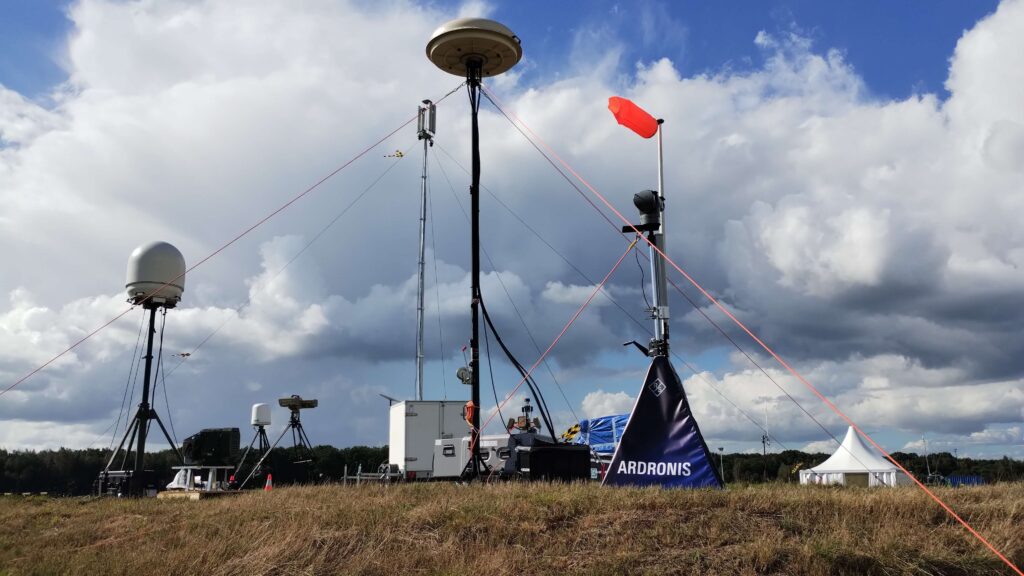
R-SYS participated in the NATO TIE 2024 exercise focused on countering drones.
In September, the international NATO Technical Interoperability Exercise (TIE) was held at Lieutenant General Best Barracks in Vredepeel, Netherlands. The goal was to test technologies designed to combat unwanted drones. Among the more than 450 civilian and military experts from approximately 20 countries, including Ukraine, R-SYS was the only representative from Slovakia.
Over the course of two weeks, more than 60 systems were tested and their ability to integrate in order to identify unwanted unmanned systems. During the missions, R-SYS demonstrated the capabilities of the IXO MIL system in real-world conditions, providing data transmission and real-time target positioning – whether cooperative targets, obtained from Dronetag devices through network identification, or non-cooperative targets, detected by RF sensors of the ARDRONIS system from Rohde & Schwarz.


The results of the exercise confirmed the high functionality and reliability of the IXO MIL system in real conditions, as previous tests were conducted solely through digital simulations. Interoperability with other independent third-party systems is ensured through the SAPIENT protocol, which allows for the conversion of data from effectors and sensors into a unified communication language. This enables various systems to cooperate effectively in carrying out critical missions.
“The NATO TIE24 exercise clearly demonstrated that effective defense against modern technological threats posed by drones requires a high level of expertise, close international collaboration, and thorough testing of innovative technologies in real-world conditions. We are extremely proud to have been the only Slovak company given the opportunity to be part of an international team exploring and testing anti-drone systems in practice,” said Pavol Serbín, Commercial Director of R-SYS.
The exercise was part of a broader NATO initiative aimed at integrating counter-drone technologies into the comprehensive air and missile defense system. In this way, NATO is responding to the dynamically changing security environment and the increasing role of drones in military conflicts, thereby enhancing the alliance’s preparedness to face modern threats.
